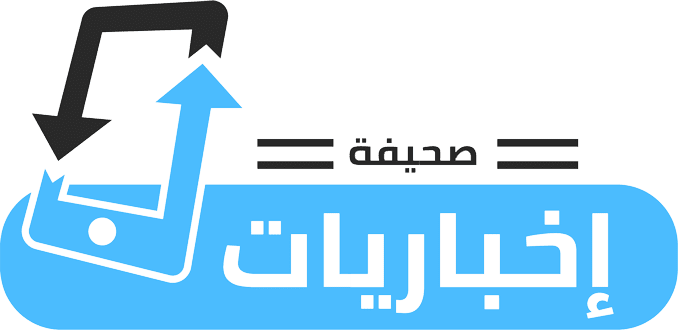Arabic, the language of the Holy Quran, is considered one of the most spoken languages in the world. It is the official language of many Arabic speaking countries. That is why, it is no wonder that the Arabic language has a wide variety of dialects using the same or different words with different denotations.
There are many various dialects all over the Arab world. Thus, each community, region or tribe has its own dialect which differs from others who live in the same country. In addition, different dialects spoken in different Arab countries have both lexical similarities and differences. Doubtlessly, dialect diversity reflects the fact that language changes over time and language is culture bound. Therefore, different communities, regions and tribes may use words to denotes animals, plants or parts of the body that differ from standard Arabic language (Fusha). In other words, the word gains another synonym while changing its denotation in the dialect. For instance, the people of Medina use the word Al haitالحية)) in their own dialect which means the snake as native speakers of standard Arabic language do. On the other hand, some people in the Northern areas of Saudi Arabia use Al dudat((الدودة which means the snake, too. Hence, when comparing the word Al hait with the word Al dudat, it shows the difference between their meanings. As for people of Medina, the word Al hait points to the snake in their own dialect. For them, the snake is hazardous because it is poisonous whereas the word Al dudat denotes an insect that is harmless. Another example, native speakers of a Sudanese dialect use Al khashim(الخشم) to speak of the mouth while the same word as used in the Saudi dialect means nose (the word Anf(أنف) in standard Arabic means (nose). Consequently, the denotstion of the word Al Khashim as used by Sudanese dialect’s native speakers is different from its denotation in the Saudi dialect. As result, it has been inferred that the denotations of some words are different from dialect to another. Moreover, the meanings of some words as used in Standard Arabic differ from one dialect to another.
Finally, Arabic has different dialects that are spoken in various regions and countries throughout the Arabic world. So, I think that one has to be aware of the meanings of the words in their different contexts to communicate with other people with confidence and to avoid embarrassment, and sometimes serious misunderstandings.






